Today’s first session was really good and very impressive! It was all about the System Center Roadmap. Ryan O'Hara (Senior Director System Center Products) was the speaker. During this session many new beta’s were demonstrated so the audience could get a clear picture about the direction Microsoft is heading with the System Center products. 
System Center Service Manager
It is very clear that Microsoft is putting a lot of effort and resources into the System Center Products as a whole and is investing BIG in it. The newest product, to be expected in the first half of 2010 is Microsoft System Center Service Manager (SCSM). This product will bring everything together and hook deep into all other System Center products as well. Of course, a solid connection with AD will also be in place.
And not just that. SCSM will not be ‘only’ the ticketing system for the Service Desk of the IT department of a company but will deliver so much added value. For instance, companies who have to be compliant with certain laws and legislation can use SCSM in order to run a check and report on it. For this purpose Microsoft is developing a special MP for SCSM, the Compliance & Risk Process MP. 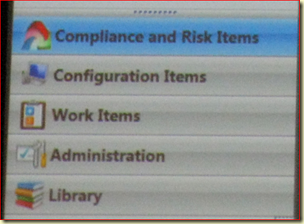
How it works? Roughly, like this: in SCSM the business processes are defined (and monitored upon by OpsMgr). The MP contains many Authority Documents. Every Authority Document contains all the rules and legislations for all kinds of industries and services. The Authority Documents which are relevant for the business processes are loaded. Then multiple checks are run and soon one will see whether all us up to spec. 
Working in concert
Besides that, all SC products work in concert, like these examples:
Example 1: SCOM with SCSM and SCVMM
A business application/process is monitored with SCOM. It doesn’t work as it should: its response is too slow. An ticket is automatically generated and shown in SCSM. Since the application/process runs on a VM, a PRO tip within SCVMM is automatically generated. In SCVMM the settings are such that no one needs to intervene. The PRO Tip is automatically executed: the VM is migrated to another Hyper-V host so the business application has more resources available for a better performance.
Example 2: Exchange 2010 with SCOM, SCVMM and DPM
SCOM monitors the Exchange 2010 environment. With SCVMM a P2V has been made, just to be sure there is a recovery option available when disaster strikes. DPM runs backups of the Exchange environment and databases. One day, a physical Exchange server dies. In SCVMM the Virtual clone of this server is started and with DPM the most recent backup of the Exchange Databases residing on that server is restored. So their is a minimal downtime and the company can work again. Now the IT department has all the time needed to rebuilt the physical server and put it back into production in a good timeslot.
SCCM R3
Also SCCM R3 was demonstrated. To be expected in the first half of 2010. For customers having the Software Assurance (SA) are entitled to this new release. Besides many improvements it also contains new features, like the Power Management Client. It uses the API already present in W7 and W2K08 R2 and uses the Hardware Inventory Client to report back to SCCM. With this many Power Options can be set, checked AND reported upon! 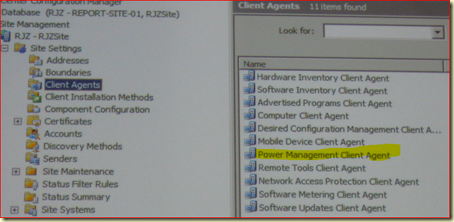
SCCM vNext/2011
Very spectacular was the demo of SCCM vNext / 2011. Here User Centric Client Management is a hot topic. It is all about the fact that software must be delivered to many type of devices. Besides desktops, notebooks and netbooks, people are also using all kind of Mobile Devices. A demo was given about how to deliver Office Communication client to a Windows 7 based client AND a Windows Mobile based client. From now Microsoft will deliver two deployment types of all new clientsoftware: msi based, the ones we all know and in a Windows Mobile Device format. The latter will be used to install the software on – as the name already implies – on Windows Mobile Devices.
The UI of SCCM vNext/2011 is really cool and very recognizable: 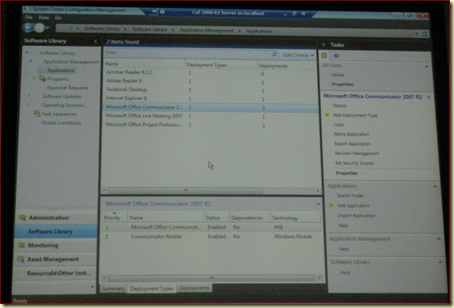
Also a web based portal will be included. So the users can visit this portal and see whether certain software packages are available for them: 
System Center Essentials 2010
Aka SCE. This family member of the SC Products is made for smaller companies who don’t have many people, servers nor resources available. In this newest version of SCE these SC products and much of their functionality will be found, all brought together in a single good looking UI: SCOM, SCCM and SCVMM: 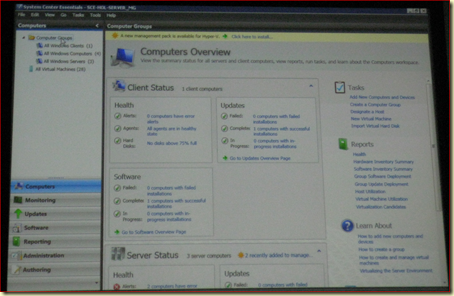
Conclusion
It is impressive to see how much effort Microsoft puts into the System Center Product range. Not only for now but also in the future. The products are growing up rapidly and more and more asked for functionality and simplicity (by using the well known UI) is added. Also the ability to interconnect it all and thus creating an ‘umbrella’ so the organization as a whole (Management, IT, end users) has a single point of entrance, is the showcase that 1+1 isn’t always 2 but 3 or even 4. New Efficiency here isn’t just a buzzword. It is reality. The roadmap says it all:

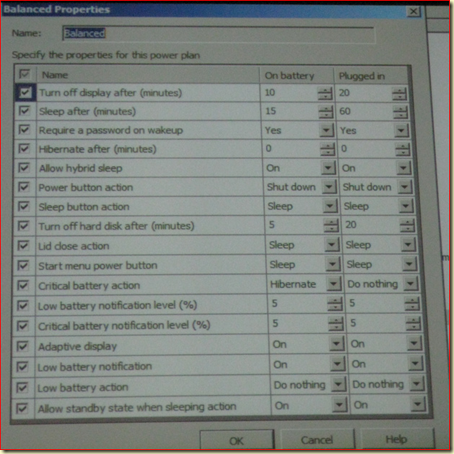
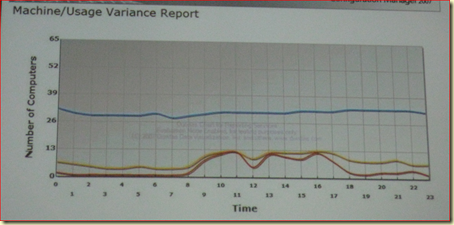
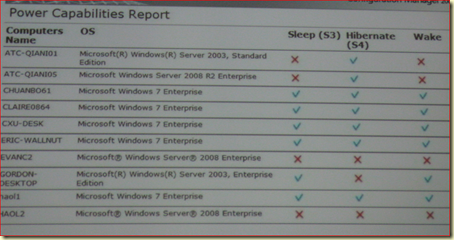
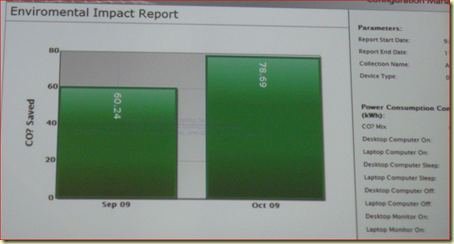

No comments:
Post a Comment